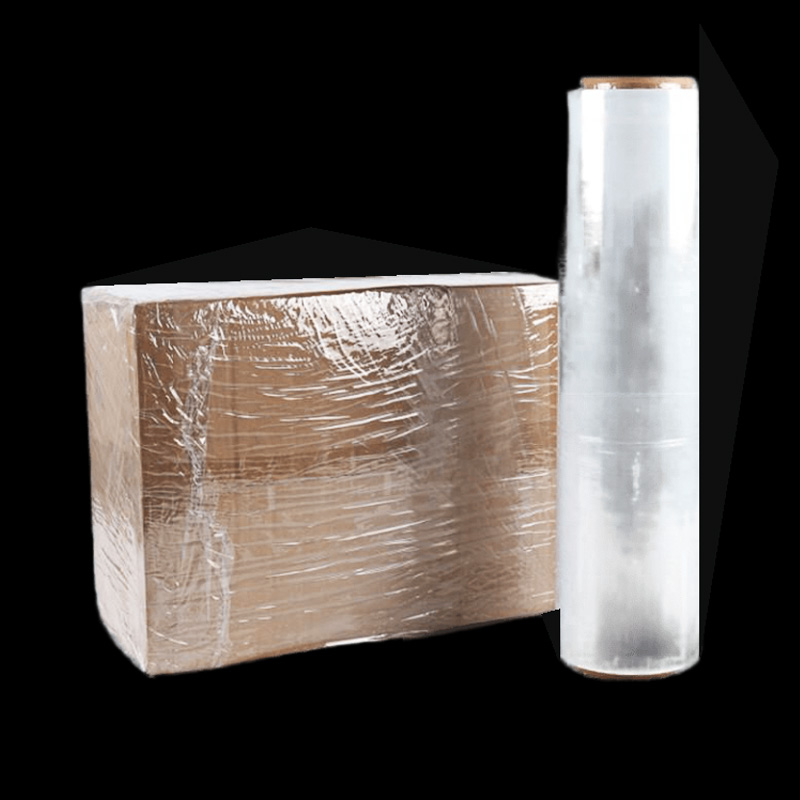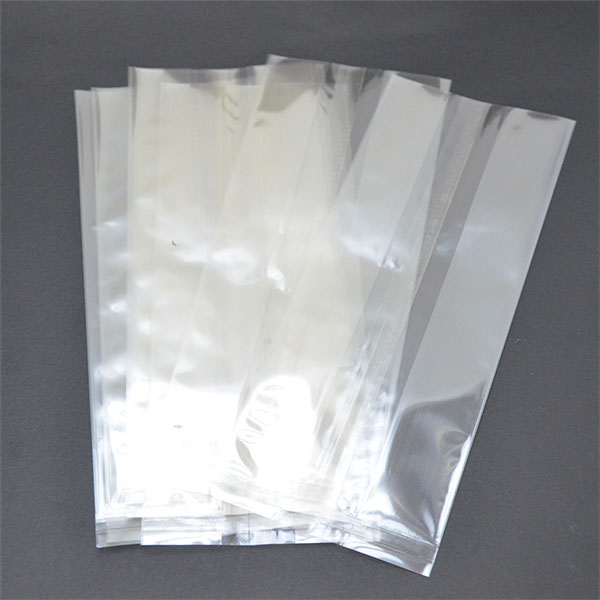As environmental awareness has surged, biodegradable films have emerged as a crucial solution to mitigate the environmental impact of traditional plastics. The "white pollution" caused by conventional plastic films has become a global concern. Biodegradable films offer a sustainable alternative that can significantly reduce this pollution and protect the environment. However, with the variety of biodegradable films available, selecting the right type for your specific needs requires careful consideration of several factors.
Types of Biodegradable Films and Their Characteristics
PLA (Polylactic Acid) Film
-
✅Characteristics
PLA films are derived from renewable resources such as corn starch. They are known for their excellent transparency and gloss, making them ideal for packaging products where visual appeal is essential. For example, PLA films are widely used for packaging fresh fruits and vegetables. They are compostable under industrial composting conditions, breaking down into natural substances like water and carbon dioxide within a relatively short period.
- ✅Applications
PLA films are also used in packaging cosmetics, food and consumer electronics, like PLA shrink film, PLA cling film and high barrier PLA film. However, they have some limitations, such as poor heat resistance. Prolonged exposure to high temperatures can cause deformation.

PBAT (Polybutylene Adipate Terephthalate) Films
-
✅Characteristics
PBAT films are renowned for their flexibility and toughness. They can withstand mechanical stresses like stretching and tearing, making them suitable for protecting products during transportation and storage. They are biodegradable and can be broken down by microorganisms in the soil.
- ✅Applications
PBAT films are commonly used for agricultural products, such as mulch films. They are also suitable for packaging industrial products that require protection from moisture and impact.
For non-food items like consumer electronics, the focus should be on mechanical strength and appearance. PBAT films or PLA films with good transparency and toughness are suitable options.
- ✅Applications
PBAT films are commonly used for agricultural products, such as mulch films. They are also suitable for packaging industrial products that require protection from moisture and impact.
Starch-based Films
-
✅Characteristics
Starch-based films are primarily made from starch, a natural and abundant resource. They are biodegradable and relatively inexpensive compared to other biodegradable films. However, they have poor water resistance, which limits their use for products requiring long-term moisture protection.
Cellophane Film

-
✅Characteristics
Cellophane film is a natural, transparent film made from cellulose. It is highly biodegradable and compostable, making it an environmentally friendly option. Cellophane films are known for their excellent barrier properties against oxygen and moisture, which helps in preserving the freshness of packaged products.
- ✅Applications
Cellophane films are widely used in food and toabcco packaging, particularly for confectionery and baked goods, like cellophane gift bags, cigar cellophane wrapper.They are also used in the packaging of some luxury items due to their high-end appearance and eco-friendly nature.
How to Choose the Right Biodegradable Film for Your Products
Consider the Nature of Your Products
Food Product
For perishable food items, a film with good barrier properties against oxygen and moisture is essential. PLA films with enhanced barrier coatings or cellophane films can be excellent choices. For example, cellophane is ideal for packaging confectionery due to its excellent barrier properties and transparency.
Non-food Products
For non-food items like consumer electronics, the focus should be on mechanical strength and appearance. PBAT films or PLA films with good transparency and toughness are suitable options.

Think About the Environmental Conditions
Storage and Transportation Conditions
If products will be stored and transported in high-temperature or high-humidity environments, the film's heat and moisture resistance are crucial. For instance, in tropical regions, a film with better moisture resistance, such as PBAT, should be chosen.
End-of-life Disposal
Consider the film's disposal method. If composting is the primary disposal method, PLA or cellophane films are ideal. If landfill disposal is more likely, PBAT films, which break down in soil, are preferable.
In summary, selecting the appropriate biodegradable film requires a thorough understanding of the product's nature, the environmental conditions it will encounter, and the associated costs. Films like PLA, PBAT, starch-based, and cellophane each come with unique advantages and limitations. Looking ahead, advancements in technology are expected to bring about biodegradable films with enhanced performance and reduced costs. Staying informed about these developments will be crucial for making optimal choices that balance effective packaging with environmental sustainability.
Related Products
Post time: Jun-03-2025



